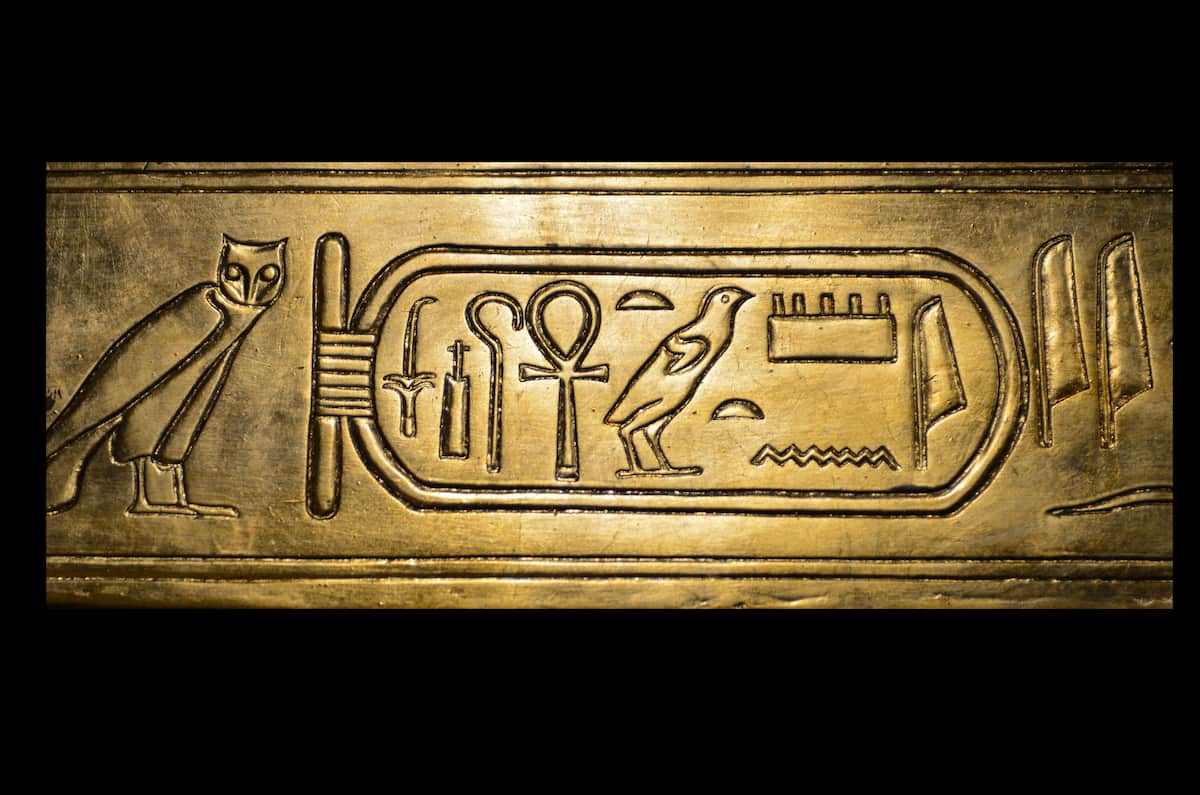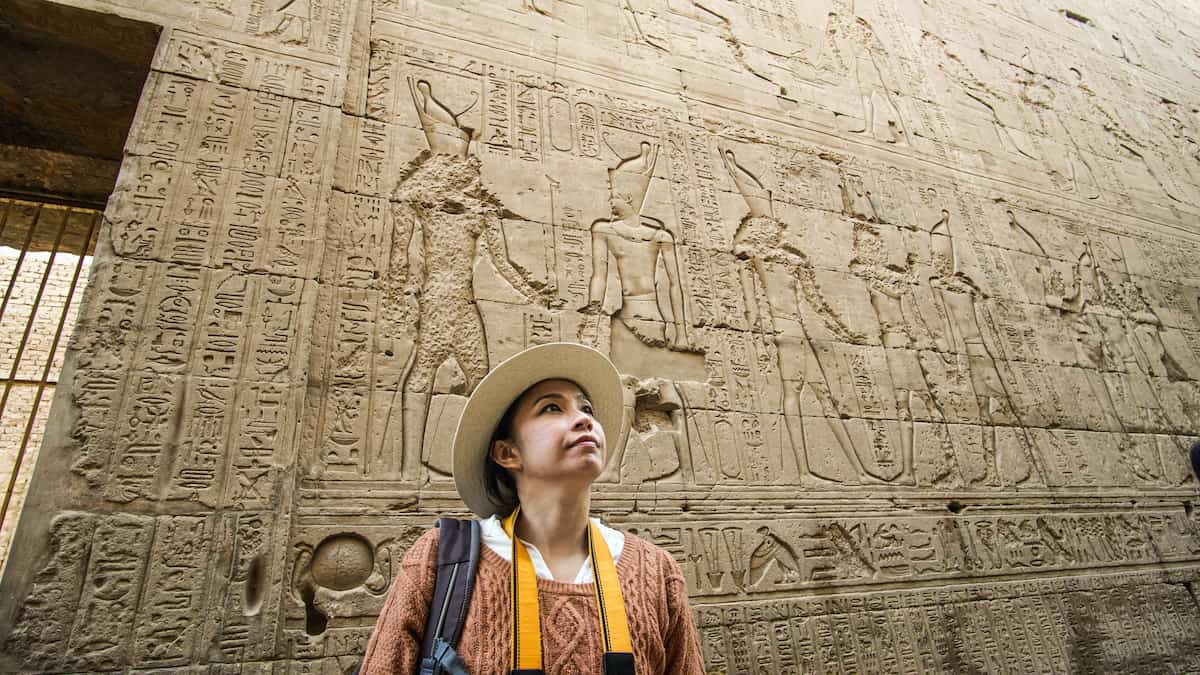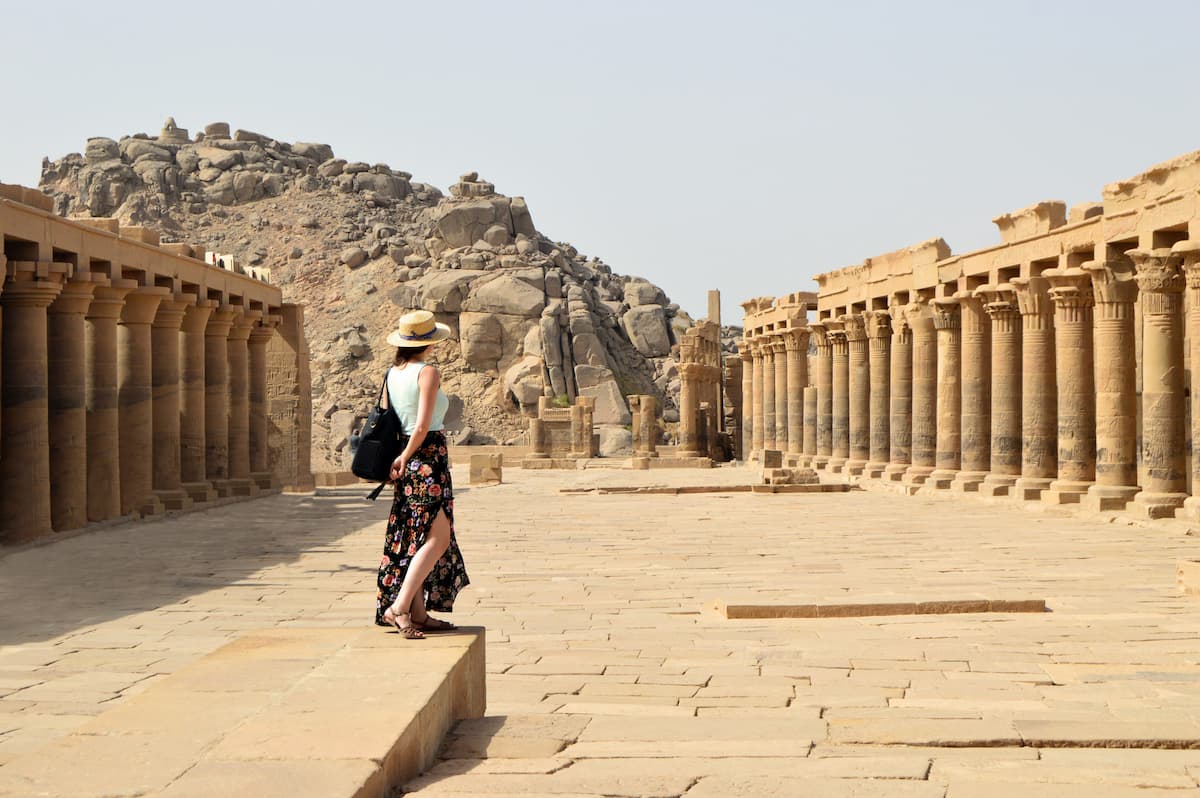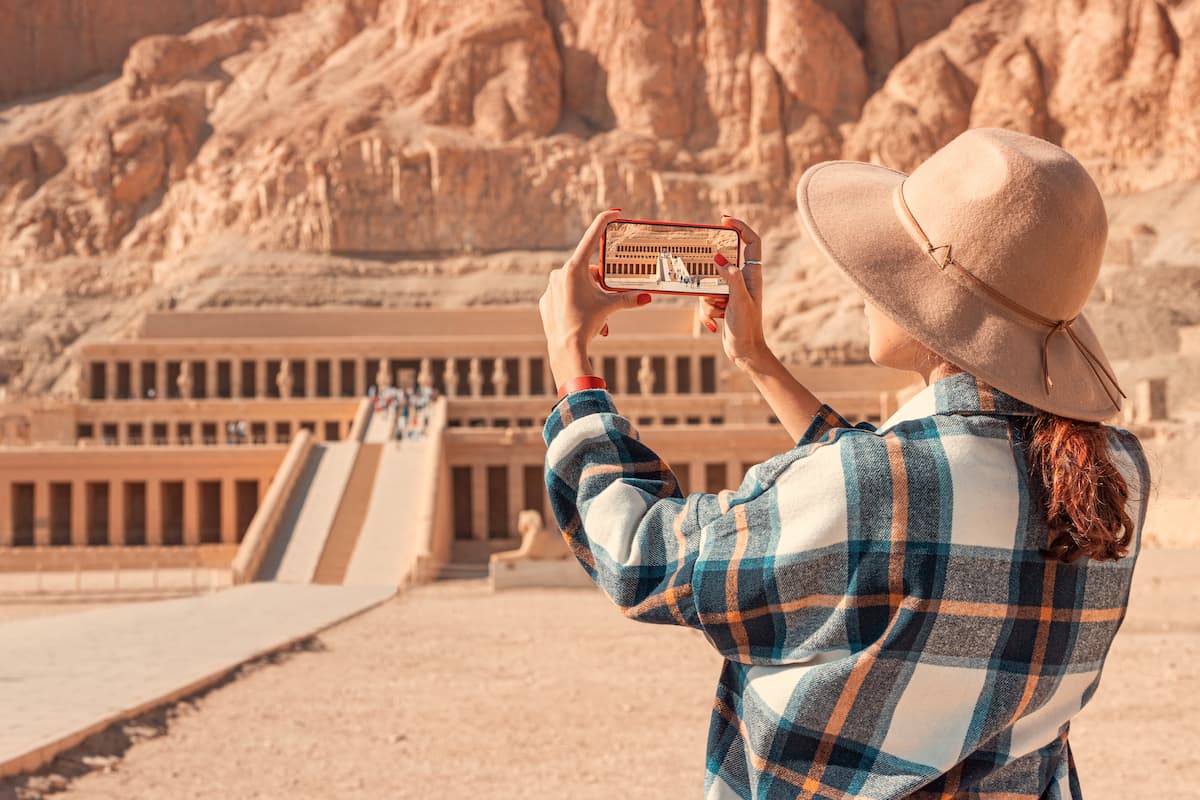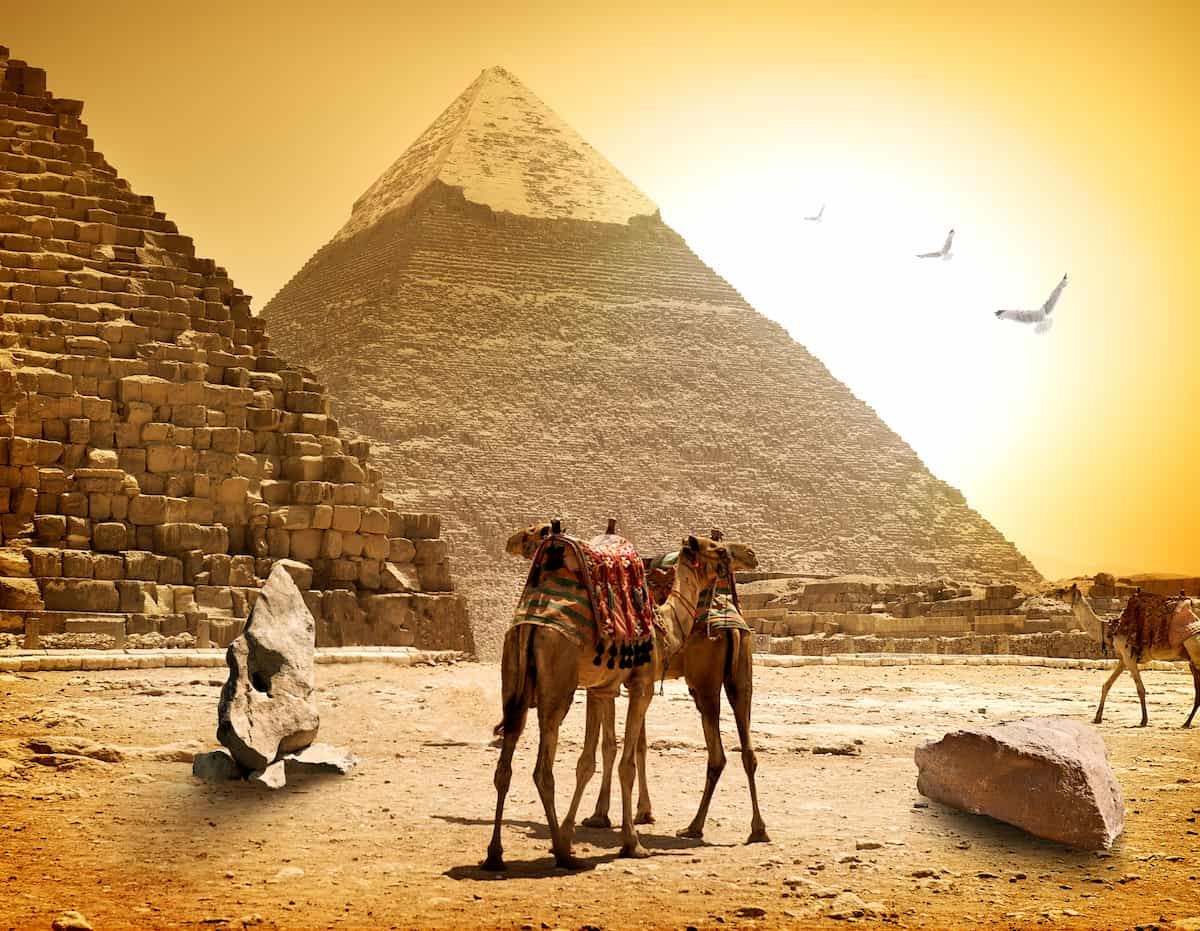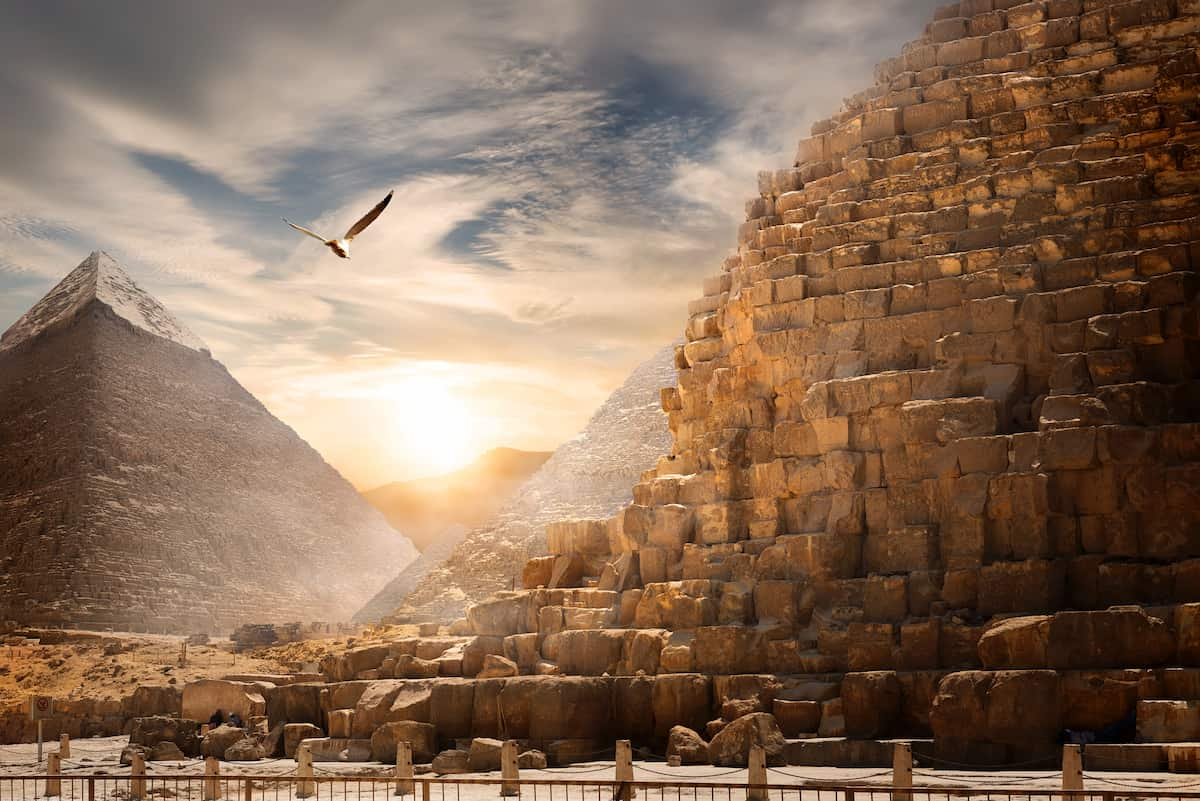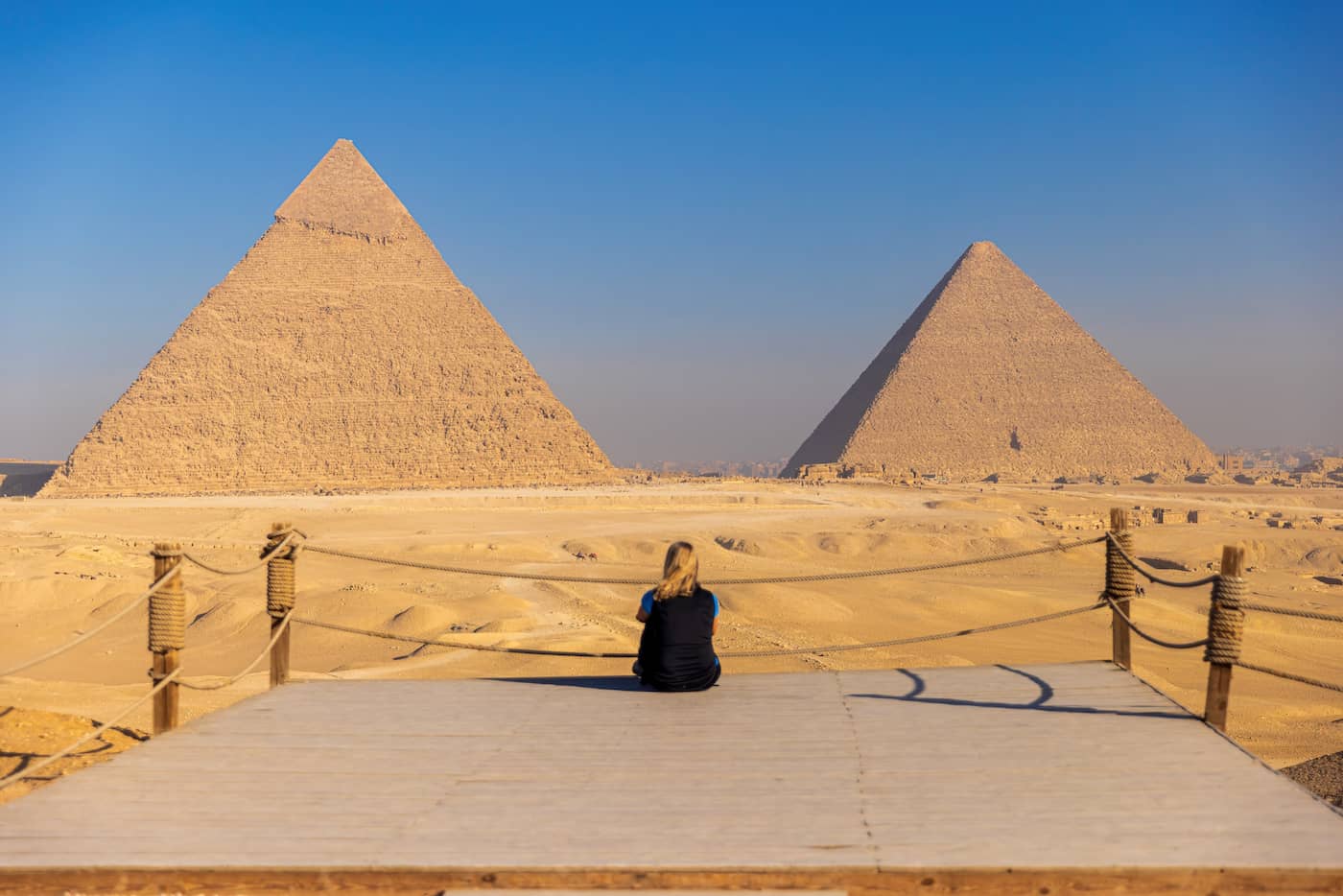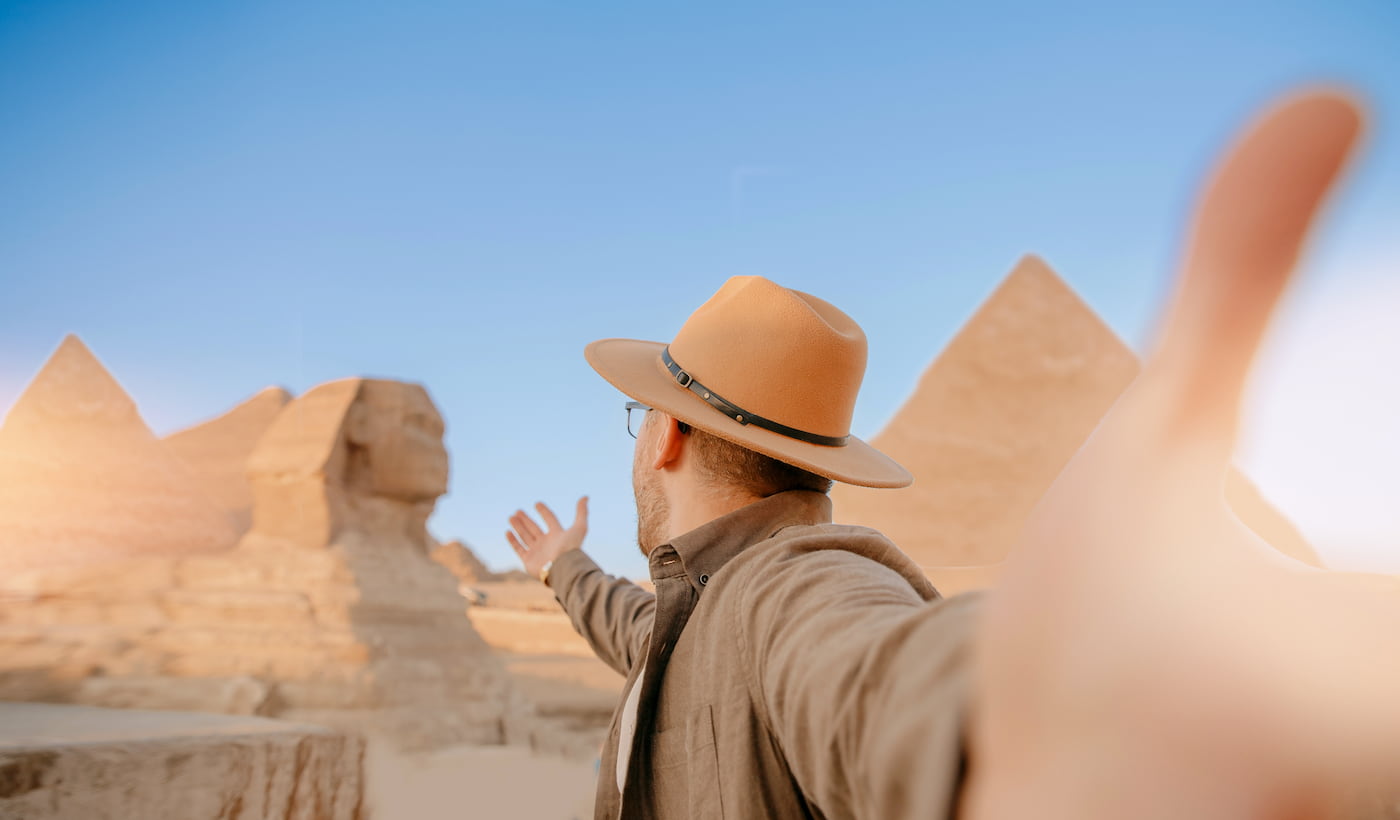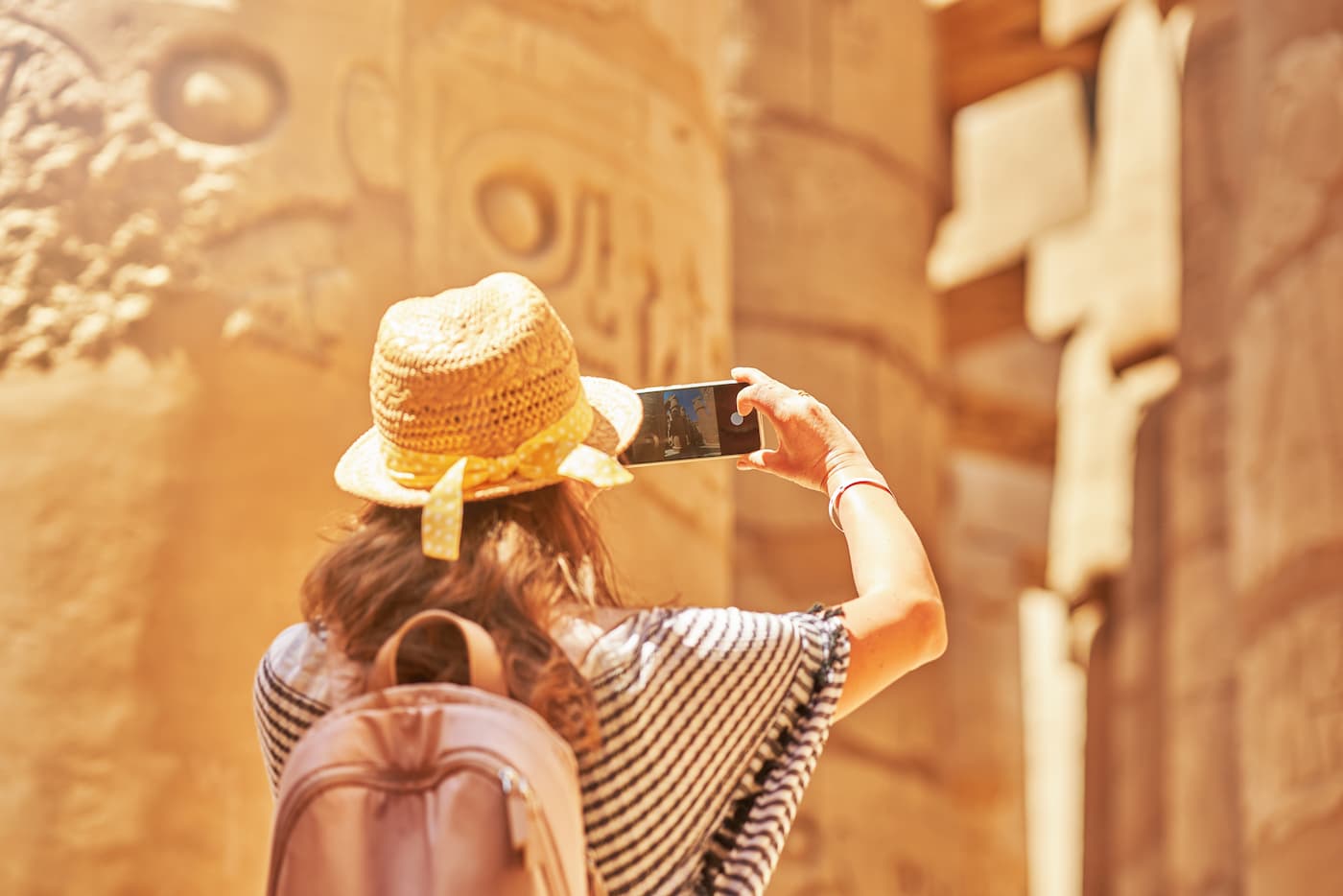Ancient Egyptian Hieroglyphs Writing and Meaning
The writing system of Ancient Egyptian hieroglyphs stands as one of the earliest and most recognized systems in global history. The ancient Egyptian Hieroglyphs contain more than 700 different hieroglyphs. The writing system operated in Egypt throughout thousands of years to document vital information about religious matters and royal records and everyday life and additional subjects. Additionally, a short story that shows the history of hieroglyphs and the tragic ending of it at the hands of the Byzantine Emperor Theodosius I
In 391 AD, when Egypt was under the control of the Byzantine Empire. The Byzantine Emperor Theodosius I decided to shut down all the Egyptian temples throughout the whole country, which led to the temporary burial of the hieroglyphs and their secrets. Because of such an act, the ancient Egyptian language was lost for 1500 years. Until the discovery of the Rosetta stone at the hands of Jean-Francois Champollion (1790-1832). The true work of Jean-Francois on figuring out what hides behind the Rosetta Stone. Therefore, that was the spark that lit up the Ancient Egyptian Civilization. We knew more about Egyptian society than most other ancient cultures.
The hieroglyphic system contains symbols which function as individual units of meaning. The symbols consist of animal representations alongside human and object depictions. The Ancient Egyptians used these symbols to write inscriptions on temple walls and tombs as well as statues and papyrus scrolls. The ancient Egyptians believed writing contained magical powers especially when it appeared in religious texts or tomb wall carvings which provided guidance to deceased individuals in the afterlife.
In this blog, we will share valuable information about the history, origin, and impact of the hieroglyphs on the modern world.
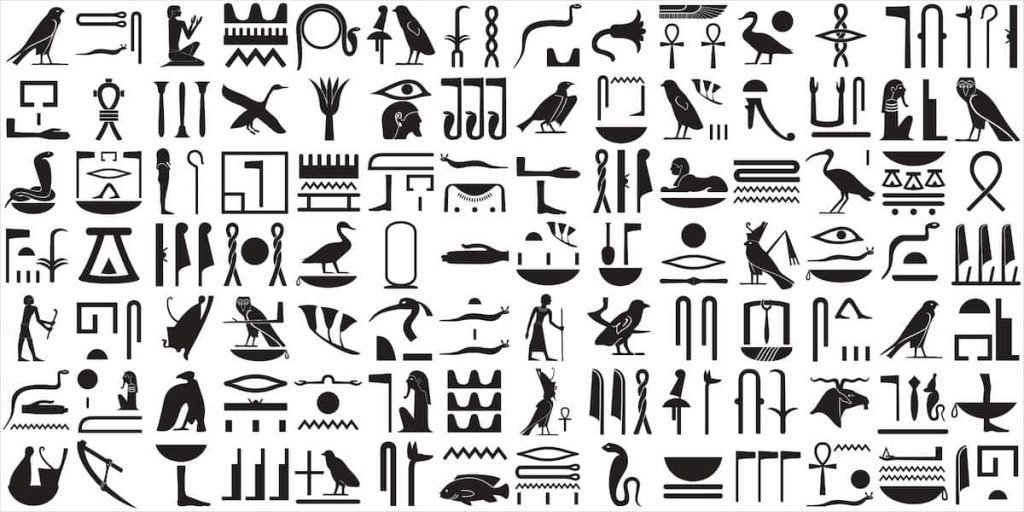
1- The Origin of The Egyptian Hieroglyphs
Unfortunately, most of the ancient scripts ever found are poorly known, and where they came from. Therefore, Egyptian hieroglyphs are not accurately known about ist origin. There are several theories; some claim that the Egyptian hieroglyphs were derived from rock pictures that belonged to the prehistoric hunting communities. These hunting communities were found on the west bank of the Nile River. Additionally, some of the motifs depicted on these rock images are also found on pottery vessels of early pre-dynastic in Egypt. This connection suggests that the idea of using symbols to share information was slowly developing even before the rise of the pharaohs.
The theory suggests that hieroglyphs received their influence from writing systems which existed in neighboring areas. The region of Mesopotamia serves as one of these areas which we now call Iraq. Historians generally agree that the Egyptians developed their own distinct writing system although other civilizations might have borrowed their writing system from Egypt.
In addition, Abydos’ cemetery, the tomb of a local citizen, but of the elites, was built around 3100 BCE. Known in our modern world as a wealthy man, he was buried with several goods, including hundreds of jars, an ivory scepter, and other items. The surviving labels amount to 150 examples which reveal the earliest written Egyptian language because many of these objects were stolen. The beauty of hieroglyphs remains a mystery to us but we can agree that their beauty continues to captivate researchers and history enthusiasts.
Lastly, we may never know the full story of how hieroglyphs began, but one thing we are sure of is that the beauty of the hieroglyphs continues to fascinate us, researchers, and history lovers.
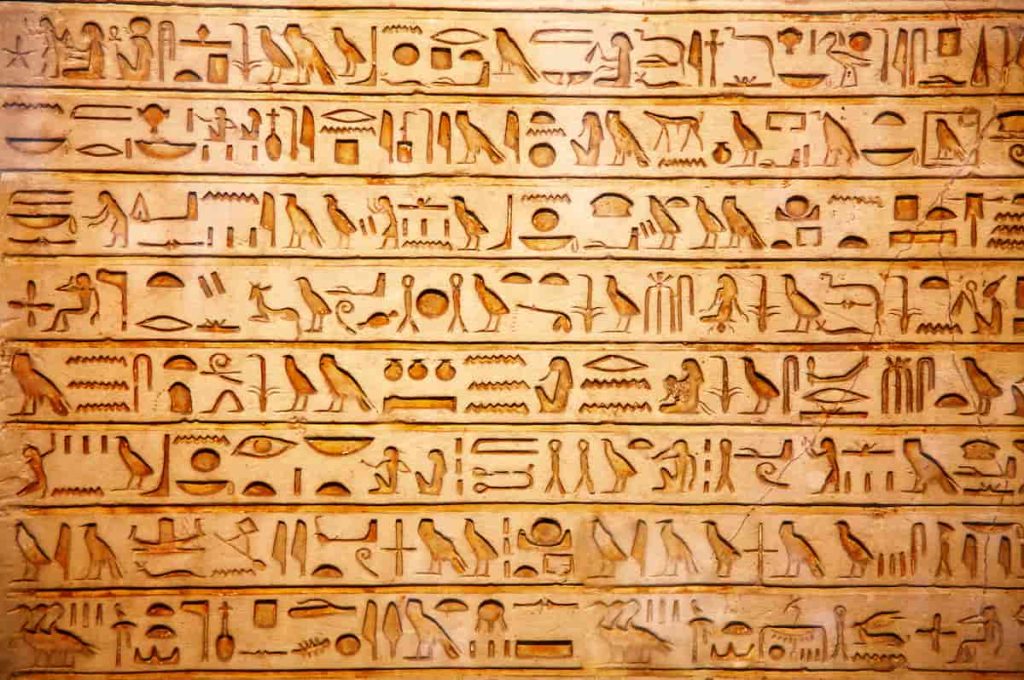
2- The Use of Egyptian Hieroglyphs and Material Form
Hieroglyphs in ancient Egypt were not just symbols used for writing words; they were actual points, used in all forms of life. The symbols were considered sacred and thus used primarily in religious and official contexts. The symbols appeared on temple walls and tombs and monuments and were inscribed on papyrus scrolls and used to decorate coffins and statues. The hieroglyphs served to honor gods and record pharaohs’ actions and describe afterlife stories while people spoke prayers and spells in their presence to save deceased individuals.
A tomb named U-J in Abydos has some labels found on it. These were curved on small rectangles. Other inscribed surfaces, such as ceramic, metal, and stone also known from early royal tombs.
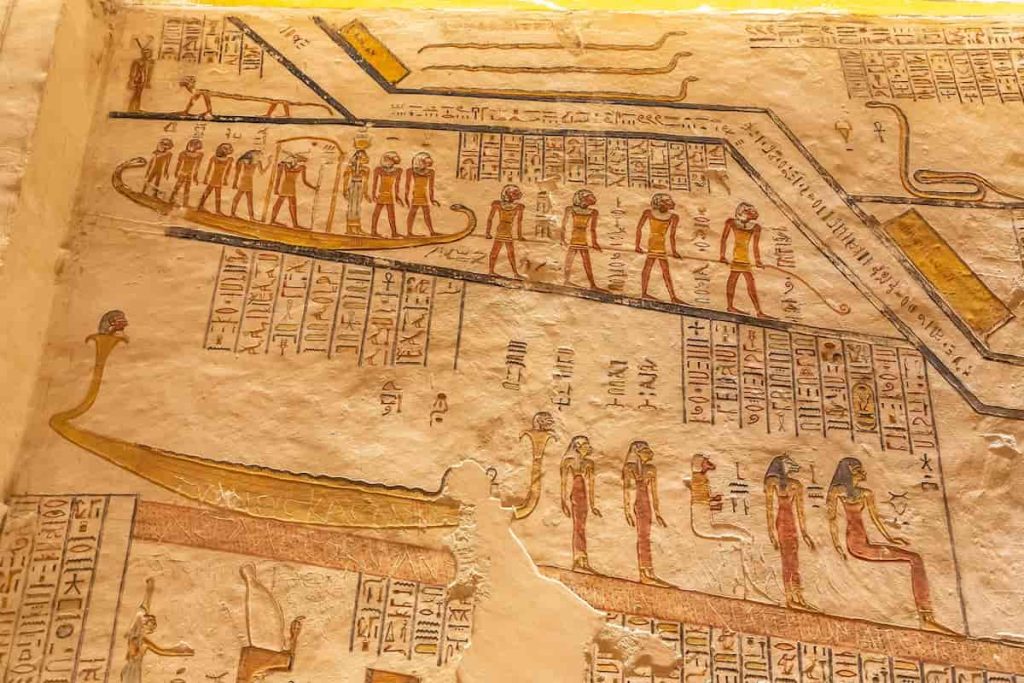
3- Ancient Egyptian Hieroglyphs Alphabet
The Ancient Egyptian hieroglyphic alphabet is made up of symbols. Moreover, these symbols also represent sounds just like the letters in our modern alphabet. Furthermore, a side note, these symbols are called phonograms; each one represents a single sound (called a consonant).
There are three main types of phonograms:
-
Uniliteral signs: One symbol = one sound (like a single letter).
-
Biliteral signs: One symbol = two sounds.
-
Triliteral signs: One symbol = three sounds.
The uniliteral alphabet has about 24 main symbols. For example:
-
A picture of a vulture = the sound “A”
-
A reed leaf = the sound “I”
-
A mouth = the sound “R”
-
A hand = the sound “D”
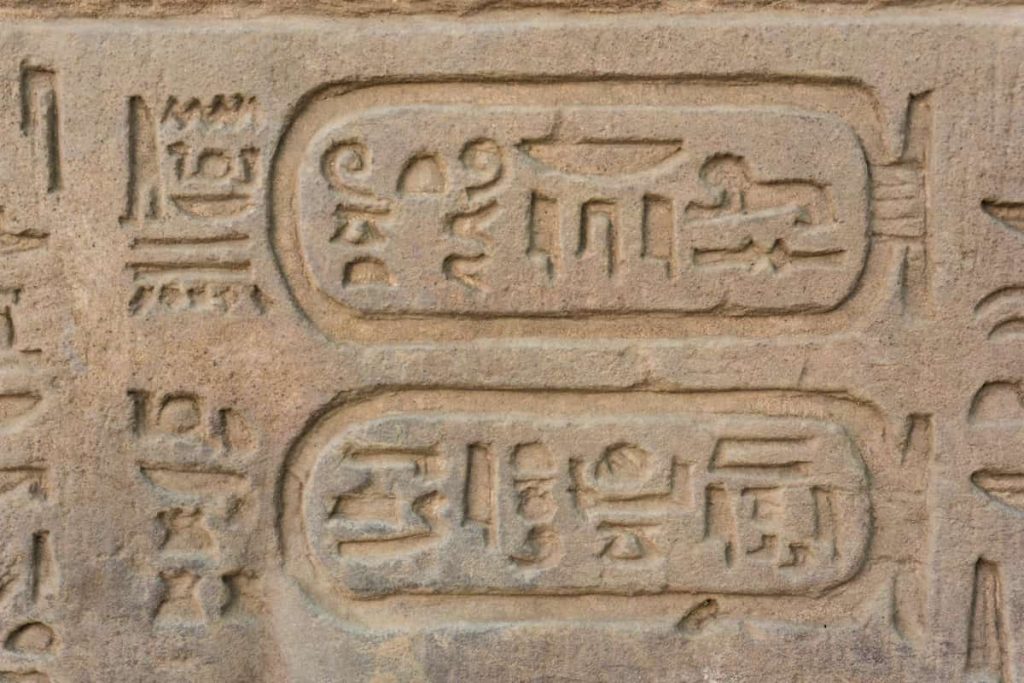
4- How Hieroglyphs Were Used in Ancient Egypt?
In Ancient Egypt, the hieroglyphs were more than just writing: They were considered a religious method with much power to communicate with others. The Egyptians used symbols to document all essential aspects of their lives particularly religious beliefs and afterlife concepts and royal accomplishments.
Only trained people called scribes could read and write hieroglyphs. They had an important job in ancient society.
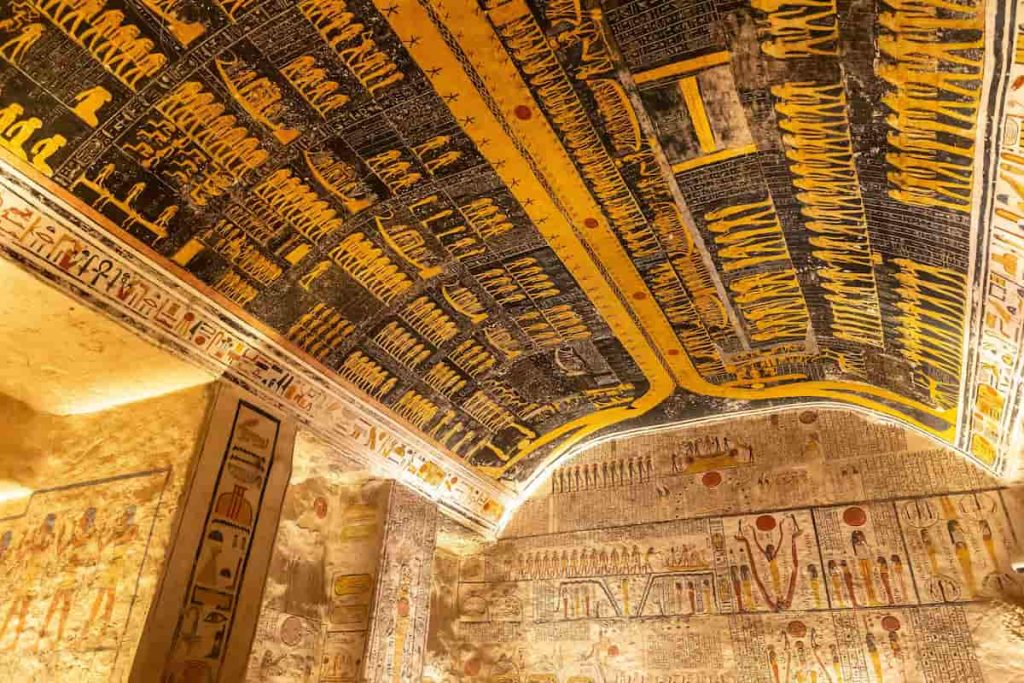
5- The Rosetta Stone: Key to Understanding Hieroglyphs
The Rosetta Stone was a great invention for the Egyptians and a huge jump in history. It saves a great effort. The hieroglyphs remained without any clue to read for anyone who tried for over 1,000 years until their discovery. The stone discovery occurred in 1799 when French soldiers found it near the Egyptian town of Rosetta (Rashid). The stone gained its special status because it contained the same text in three different writing systems.
-
Hieroglyphs – used by priests and for religious texts
-
Demotic – a simpler Egyptian script used for daily life
-
Ancient Greek – a language that scholars could already read
The true work of Jean-Francois on figuring out what hides behind the Rosetta Stone. Therefore, that was the spark that lit up the Ancient Egyptian Civilization. We knew more about Egyptian society than most other ancient cultures.
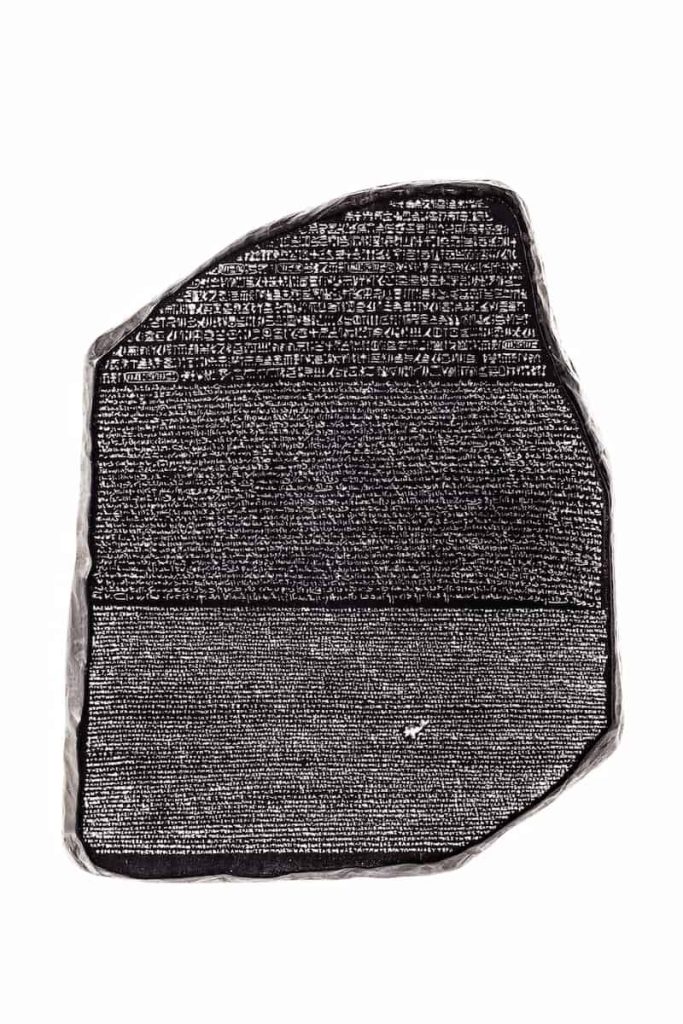
6- Hieroglyphs in Temples and Tombs
Temple and tomb decoration mainly involved the use of hieroglyphs in Ancient Egypt. These were not only for but also carried more meaning and religious and magical power. Egyptians believed that writing anything in hieroglyphs would, somehow, bring it to life, especially for honoring gods or leading the deceased into the afterlife.
In temple walls and columns, hieroglyphs were carved to narrate to the gods and pharaohs. They explained the religious ceremonies, invoked prayers, and offered praises to the gods. The gods and pharaohs conceived the pharaoh as a mighty ruler chosen by them. Every single procedure was deeply respected and designed to maintain an equilibrium in harmony between the heavens and Earth.
Inside a tomb, hieroglyphs carry even greater importance. Here they contained spells, prayers, and instructions that would help the dead safely enter the afterlife. One famous set of these texts is the Book of the Dead. To shield the soul and assure it of a prosperous existence, the walls were inscribed with these writings.
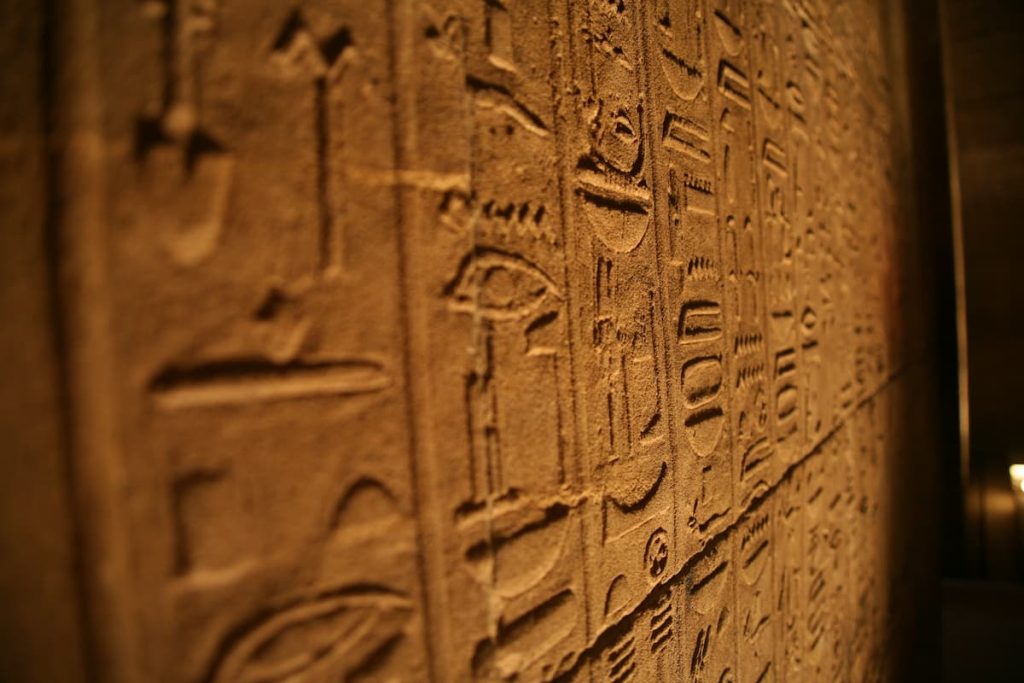
7- The Difference Between Hieroglyphs and Other Scripts
Hieroglyphs are strikingly dissimilar from most other script systems in their appearance and working manner. While modern scripts like Hindi, Arabic, or Latin have letters for making words, Egyptian hieroglyphs present highly detailed pictures and symbols. These symbols can denote sounds, words of their own, or ideas, and hence the writing system can be deemed equally artistic and intricate.
The main distinction between hieroglyphs and modern scripts lay in their writing direction since hieroglyphs followed multiple directions based on symbol organization but most contemporary scripts use a single fixed direction.
Most of the hieroglyphic usage occurred in religious and official contexts where they appeared on temples and tombs and monuments. The two simpler writing systems Hieratic and Demotic served the needs of priests and document writers and everyday writers respectively because they were faster to write while maintaining the same language base as hieroglyphs.
The writing systems shared a common language base with hieroglyphs while offering faster writing capabilities. Modern alphabets primarily connect to sounds but hieroglyphs use determinatives which function as symbols to provide meaning or assist in meaning interpretation to guide word interpretation. The hieroglyphs served as a combination of artistic expression and religious practice and communication system.
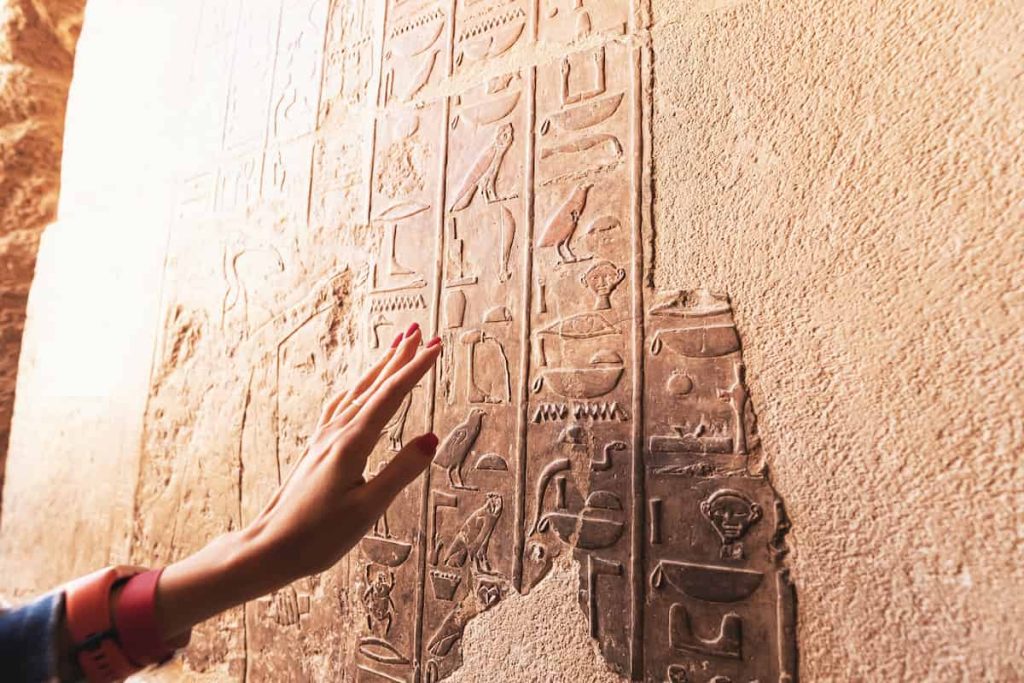
8- Fun Facts About Egyptian Hieroglyphs
- The ancient Egyptian writing system contained more than 700 hieroglyphs which expanded throughout time.
- The Egyptians used to write hieroglyphics without including vowels in their texts. The readers needed to determine word pronunciation based on the surrounding text.
- The hieroglyphic writing system allowed authors to arrange their symbols in three different directions which included left to right and right to left and top down.
- The reading direction of symbols especially human or animal figures determines their interpretation.
- Hieroglyphs existed for more than 3,000 years as a writing system which started around 3100 BCE and continued until the 4th century CE.
- Sacred Script: Deriving from a Greek term, hieroglyphs, which means sacred carving, were supposed by Egyptians to contain some sort of magic power.
- Used Only for the Elite: Reading and writing hieroglyphs were taught to scribes, many of whom were part of temple or royal court societies.
- Rosetta Stone Filled in the Gap: The Rosetta Stone finally allowed scholars to understand hieroglyphs after centuries during which the mode of writing had gone into oblivion.
- Sometimes, the Hieroglyphics Were Colorful: Hieroglyphs were painted brightly on temple walls and in tombs, and were not just chiseled into stone slabs.
- Symbols Carrying a Meaning: Some hieroglyphs represented sounds, meanwhile others represented whole words or ideas, making it both a phonetic and ideographic script.
- Still Studied Today: Hieroglyphs are still taught and studied around the world, keeping the legacy of ancient Egypt alive.
9- Modern Efforts to Study and Translate Hieroglyphs
Many Scholars and research teams worldwide study and translate ancient Egyptian hieroglyphs to understand Egyptian history, religion and culture. The discovery of 1822 made its impact when Jean François Champollion used the stone of Rosetta to translate the hieroglyphic scrips. Since then, Egyptology studies and science got advanced in reading and interpreting thousands of hieroglyphic texts.
Also, modern technology facilitates the process. Digital tools such as online dictionaries, databases, or editing programs equipped with AI translation algorithms have given researchers the capability to scan and analyze hieroglyphs fast and accurately. Some museums, in turn, furnished their exhibits with interactive classes where visitors can enter their names into the hieroglyphic script or decipher ancient messages, among other activities.
Nowadyas many Universities worldwide teach hieroglyphic writing to students. Also, multiple books and mobile applications exist to help beginners learn the fundamentals of this language. The progress we have made has not eliminated the fact that numerous texts remain undiscovered and require complete understanding.
10- Can You Learn to Read Hieroglyphs Today?
It is possible to learn to read ancient Egyptian hieroglyphs today! The writing system seems rather complex at first; however, they were studied and decoded right after the discovery of the Rosetta Stone. Thanks to the scholars, especially Jean-François Champollion, we are now aware that hieroglyphs have several representations for sounds, words, or ideas.
There are so many options for tutorial methods. Online classes, university courses, books to go through, or even mobile apps that teach you the rudiments of actually reading and writing hieroglyphs! Usually, these start with uniliteral signs (symbols representing a single sound) that are basic to the script.
Learning hieroglyphs provides an enjoyable experience which deepens your understanding of Egyptian culture and history. The script requires time and practice to master because it moves in different directions and its symbols transform according to context. But once committed, there is nothing stopping someone from starting to understand the language of the pharaohs and truly going on to read some inscriptions that are several thousand years old.

